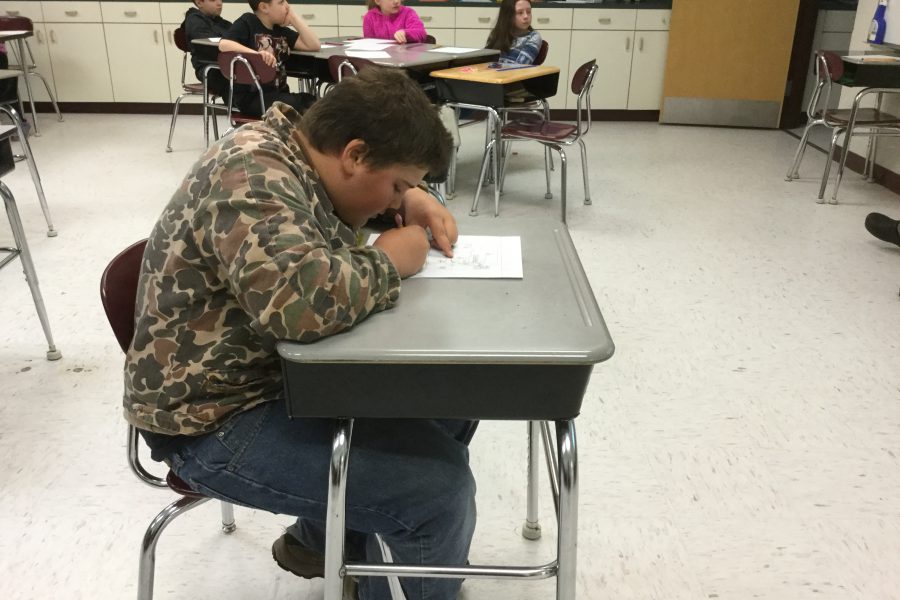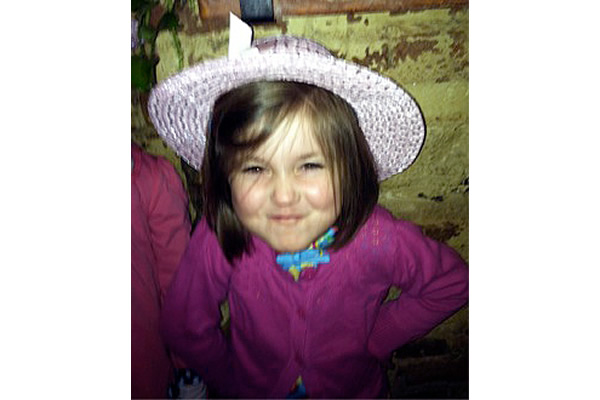
The most fundamental definition of writing is words written down. This includes words or other symbols, such as hieroglyphics, written down as a means of communication. Like walking and talking, learning to write does not happen all at once, but happens gradually through continuous experiences with printed material and writing-related activities. Parents can help their children learn to write by presenting and reinforcing these printed materials and writing activities.
The question is not really what is writing, but what is good writing. Successful writers understand the difference between strong and weak writing, and use that knowledge to create stronger drafts. In addition, successful writers revise and edit their own writing because they can “read” it critically, and know how to make it better. Writing well includes clear thinking, sufficient time, reading and rereading, meaningful tasks, interest, and practice. Furthermore, writing follows a process that involves planning, generating ideas, setting goals, and organizing. Writing also involves reviewing, evaluation, and revising.
It should be noted that there are three different types of writing recognized by educators today: 1. arguments that support claims, 2. informative and explanatory texts to examine a topic, and 3. narratives to develop real or created experiences.
Writing helps a writer to think. Further, writing helps students to become more engaged in subject matter, understand information and concepts more deeply, make connections, raise questions, remember ideas longer, and apply learning to new situations. If reading helps readers take in knowledge, then writing helps writers go deeper into that knowledge.
Consider writing as writing to learn. This includes notes, brainstorming, jotting lists, pro-con lists, to-do lists, sketches, doodles, diagrams, concept mapping, clustering, journaling, response logs, outlines, instant messages, plans, and free writes. Then there is public writing. This includes research papers, lab reports, mathematical proofs, proposals, biographies, historical accounts, evaluations, articles, editorials, reviews, essays, speeches, persuasive essays, letters, poems, plays, novels, and short stories.
Most educational researchers agree upon the characteristics that make up a good piece of writing. Readers see it clearly because a good piece of writing is easy to read.. It includes: description and details, vivid word choice, sentences that carry cadence or rhythmic flow of sounds or words, intriguing leads, and sequence and structure. How to address the writing process that leads to good writing? While it may be best to leave the direct teaching of writing skills to teachers at school, there are many pieces of the writing puzzle parents can present at home. Show some enthusiasm for writing, and you will see that enthusiasm spread to your child.
Writing can be a challenge for some children. Those children tend to look at a blank page in horror and often wonder where to start. That’s why looking at writing as a process helps. It helps by breaking down the process of writing to smaller manageable pieces. These pieces include: before writing activities such as brainstorming ideas and gathering information, organizing, getting ideas down on paper, crafting first drafts, reviewing, revising, polishing, and publishing. Please note that all writing needn’t go to the publishing stage. Some writing serves its purpose going to the gathering information or crafting the first draft stage.
A more detailed writing process includes: experiencing life, discovering questions/finding topics, collecting information, narrowing/focusing that information, prewriting and finding the most important questions to pursue, crafting the first draft, looking for new information to enhance that draft, revising, sharing, revising again, editing, and publishing. Note that there is a lot more to writing than just the drafting. Just drafting leads to writing. All of the other steps before and after drafting are necessary for good writing.
In addition to writing as a writing process, your child might talk about writing traits. These traits may include: ideas, organization, voice, word choice, sentence fluency, conventions, and presentation. Like the parts of the writing process, these traits are not to be addressed all at one time. Emphasis on one or two of these at a time will help to take a written response to a higher level.
Successful writers take charge of their own writing process. These writers keep two major questions in mind: What is my purpose? Who is my audience? Remember that good writing always makes sense. It always has a message, a main point, or a story to tell. In addition, it always has carefully chosen details, narrowed and focused topic, fresh and unique ideas, well-chosen details that elaborate on the main ideas, and accurate information.
Well-stated by writing researcher Donald Graves, writers can only write about what they know. Help your child to learn as much as possible. Talk with your child often, read to your child, take your child on field trips and talk about those field trips, and do some science experiences at home. Above all, have fun.
The Writing Process
Prewriting
Drafting
Revising
Proofreading
Publishing
Please remember that all writing needn’t go to the publishing stage. Some writing will serve its purpose to the prewriting stage or to the drafting stage.
Ideas
Ideas are the heart of any writing piece. Ideas are all about information. In a strong creative piece, strong ideas make difficult or complex information easy to understand.
Organization
Organization is about the logical and effective presentation of key ideas and details. Good organization keeps a piece of writing together and makes it easy to follow.
Voice
While ideas are what you have to say, voice is how you say it. Voices are distinctive. Think of this as the writer’s own personal voice.
Word Choice
Word choice refers to the language a writer chooses to express ideas. The more precise the word, the clearer the meaning.
Sentence Fluency
Sentence fluency is the rhythm and flow of language, especially how that rhythm and flow enhance clarity.
Convention
Convention includes spelling, punctuation, usage and mechanics, and capitalization.
Presentation
Pleasing and accessible appearance. Final format. Ready for public presentation and reading.
Bruce Johnson is a former educator, retired reading specialist in Merrimack Valley School District in New Hampshire, and author of Helping Your Child Become Successful in School: A Guide for Parents. Learn more at www.guidesforparents.wordpress.com.



